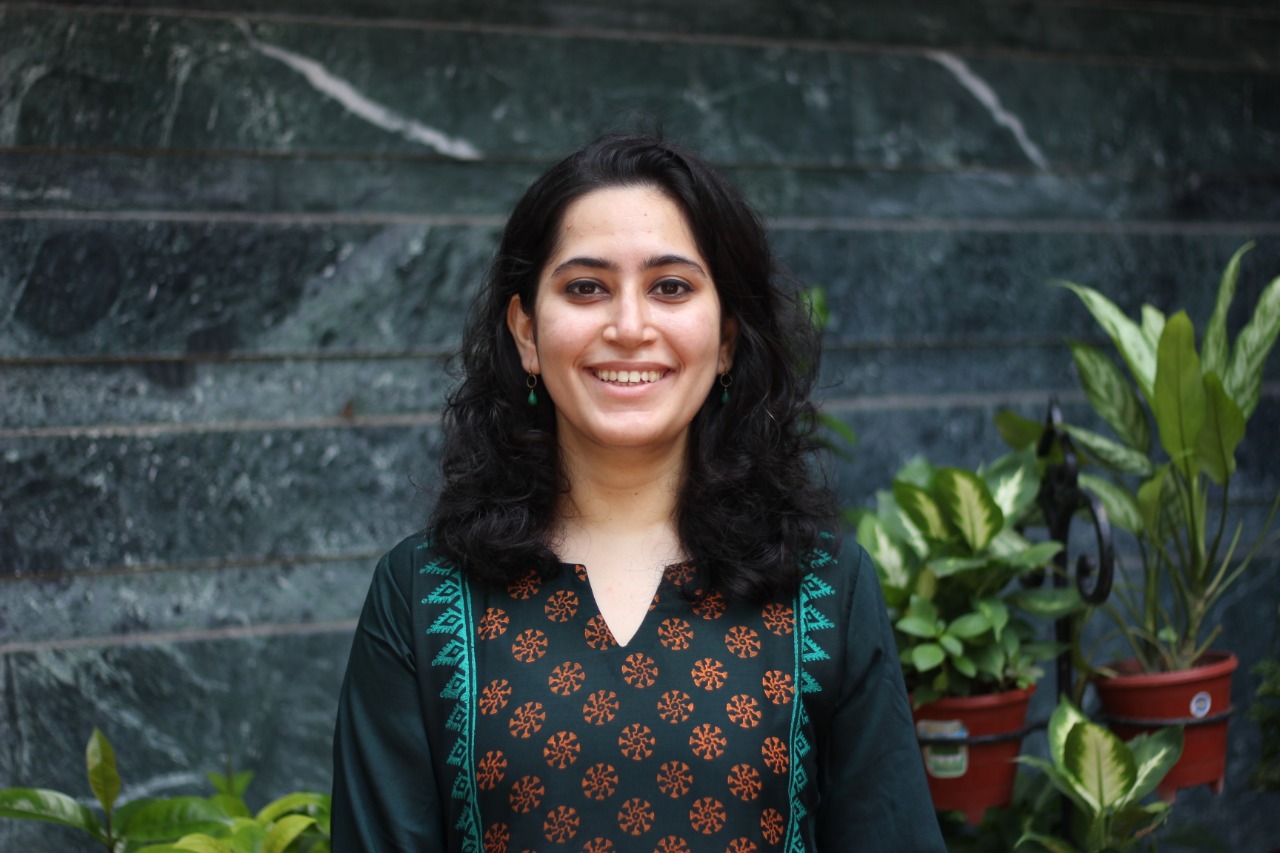Nearly two years after the vision for a social stock exchange (SSE) was announced by Finance Minister Nirmala Sitharaman in July 2019, the Securities and Exchange Board of India (SEBI) approved the creation of the SSE under its regulatory ambit on September 28th, 2021. While the modalities of execution are still to be decided, SEBI seems to have accepted many of the recommendations made by the technical group in May 2021.
The purpose of establishing the SSE in India is to ‘take our capital markets closer to the masses and meet various social welfare objectives related to inclusive growth and financial inclusion’. While it is too early to determine if the SSE will be able to achieve this purpose in the long run, this article examines whether the proposed mechanisms are defined and designed in a manner that furthers this goal. In doing so, we draw upon the insights and learnings published in our comprehensive research that reviewed seven global SSEs.
1. Defining ‘primacy of impact’ for for-profit social enterprises a step in the right direction
The technical group has recommended that for-profit social enterprises need not have a separate legal structure to list on the SSE. However, they should be able to demonstrate that social impact is their primary goal. Three criteria have been proposed to evaluate this:
- Fifteen broad eligible activities based on Schedule VII of the Companies Act, 2013, Sustainable Development Goals, and priority areas identified by NITI Aayog.
- Eligible activities shall target underserved or less privileged population segments or regions recording lower performance in the development priorities of national and/or state governments.
- A social enterprise shall have at least 67 percent of its activities qualifying as eligible activities for the target population. This will be established through one or more of the following:
(a) revenue (b) expenditure (c) customer base (taken as a three-year average)
While the decision not to use legal structure as a proxy for intent and impact is commendable, our research pointed to the need for establishing clear eligibility criteria that would safeguard against social impact being used as a marketing tactic. The technical group’s recommendation to define social enterprises based on their work with underserved communities seems to have addressed that concern. Though the reasons behind the 67 percent figure are unclear, it establishes that only if the majority of an enterprise’s activities focus on the bottom of the pyramid will it be considered a social enterprise. This clearly calls for commitment to ‘impact’ in the enterprise’s design and business model.
The one key challenge with this definition is understanding how it applies to social enterprises working on business-to-business (B2B) products or services. This includes med-tech devices for better diagnosis of diseases, AI-based solutions for accurate analytics, and environmental solutions such as water treatment plants—all of which contribute to better societal outcomes, but do not focus on end users directly.
2. The flexible criteria for nonprofits to register on the SSE bodes well for equity in the sector
The technical group has recommended a set of mandatory criteria that nonprofits must meet to register on the SSE, even if they do not want to list immediately. In addition to the usual legal criteria (trusts, societies, and Section 8 companies), the technical group has suggested a three-year track record and a minimum size (measured by a minimum annual spend of INR 50 lakh and a minimum of INR 10 lakh in funding in the previous financial year).
The proposal to have smaller nonprofits pay a lower fee to list on the SSE will help create a level playing field in the sector.
For smaller and newer organisations that ‘aspire to be registered with the SSE’, a slightly lower threshold has been recommended. These include organisations that are at least two years old, have spent at least INR 25 lakh in the previous financial year, and raised a minimum of INR 5 lakh in donations during the past two financial years. Both groups of organisations will benefit from the Capacity Building Fund of INR 100 crore, for which SEBI will engage with NABARD, SIDBI, and the stock exchanges to help nonprofits understand and navigate the processes and instruments related to the SSE.
The relatively low thresholds on spending and funding ensure that smaller nonprofits are not excluded. By specifying two fund flow parameters—spending and receipt—the technical group has shown a nuanced understanding of how nonprofit fund flows may work. This is especially true in sectors such as disaster relief and management where the inflow of funding may be very high in a year of multiple disasters and dwindle in other years, though spending will continue. The proposal to have smaller nonprofits pay a lower fee to list on the SSE will help create a level playing field in the sector.
Additionally, our research highlighted that a nonprofit’s ability to be on the SSE could signal quality and trustworthiness to other funders. Therefore, by allowing nonprofits to register with the SSE and by including them in the Capacity Building Fund, the technical group has taken a step towards enabling nonprofits to benefit from the discipline, reputation, and credibility of the SSE, while also reducing barriers to entry.
3. Platforms recommended for for-profit enterprises present a matter of concern
While a separate exchange will be created to list nonprofits, the technical group has recommended that for-profit enterprises list their securities on existing boards, as appropriate. For example, debt securities shall be listed on the main boards such as the National Stock Exchange (NSE) and the Bombay Stock Exchange (BSE). Equity securities can be listed either on the main boards or on BSE’s platform for small and medium enterprises (SME) or Innovators Growth Platform (IGP), depending on what works best.

It seems that a separate exchange will not be created for for-profit enterprises. Rather, for-profit organisations should leverage existing regulations, platforms, tax incentives, and infrastructure, while avoiding duplication. However, the SME exchange recommended by the technical group has faced several challenges in attracting investors in India due to a variety of reasons, including lack of awareness among both listees and investors, lack of visibility of the platforms, qualifying criteria being too narrow, high listing fees, and a complicated listing process. Similarly, the IGP has not featured any companies to date, despite SEBI modifying the eligibility criteria for listing on multiple occasions.
It is worth noting that even prior to this recommendation, for-profit social organisations could have utilised the SME and IGP to access private capital. However, it would be fair to assume that most of them have not used these due to the constraints mentioned above.
4. Investor education needs to be covered in more depth
To drive demand, the technical group has recommended that the Capacity Building Fund be utilised to educate and sensitise investors on the various aspect of supporting social impact organisations. However, the report stops short of elaborating on how the fund can be used for this purpose.
Donor education in India needs to be continuous, visible, and persistent, bridging the trust deficit that exists in the public’s mind.
Our research found that globally SSEs that were able to achieve a level of scale and maturity devoted a significant amount of resources and attention towards engaging investors through campaigns and education programmes. Philanthropy and giving in India have been largely driven by a few ultra-high-net-worth individuals. While the COVID-19 pandemic saw an upsurge of giving by individuals, it remains to be seen if this is a one-off incident or a consistent trend. Similarly, impact investment in India is mainly led by foreign institutional investors.
While the Capacity Building Fund focuses on the supply side to equip nonprofits to make the most of the SSE, it also needs to attract a sizeable base of donors who can support the nonprofits listing on the SSE. Donor education in India needs to be continuous, visible, and persistent, bridging the trust deficit that exists in the public’s mind. The SSE—which is backed by SEBI and has high credibility among citizens—is suited to achieve this shift, provided it makes dedicated and serious investments in this area.
5. Social audits should be conducted by entities that understand the context of civil society
For organisations registering with and/or raising funds on the SSE, the technical group has recommended a mandatory social audit. This has two components: a financial audit and an audit of social impact. While only financial auditors can perform financial audits, both financial auditors and non-financial auditors can perform social impact audits.
Individuals, firms, or institutions that wish to perform non-financial audits will qualify by successfully completing a course that is to be designed and executed by the National Institute of Securities Markets (NISM). It has recommended that all social auditors be empanelled with a Self-Regulatory Organisation (SRO), constituted under the Institute of Chartered Accountants of India (ICAI). The SRO will be in charge of overall monitoring and aspects such as quality control, ethics, performance, code of conduct, and assurance framework.
Setting up an SRO for social auditing and attempting to build norms, minimum standards, and quality assurance frameworks is the need of the hour. Notwithstanding the fact that there is no agreed definition of a social audit, principles of assessing financial performance are very different from assessing social impact. The latter not only requires theoretical knowledge of the various impact frameworks and social research methodologies and practices, but also calls for an in-depth and nuanced understanding of development issues on the ground. Further, one needs to understand the nature of social organisations and challenges faced by them in order to suitably apply the theoretical frameworks in practice.
Given this, the NISM and ICAI may not have the required context and capability to certify and regulate social auditors. Any curriculum, course, or certification developed by these institutions should be done in collaboration with practitioners, social organisations, and appropriate universities. This process will help prevent social audits from becoming a checkbox exercise or mimicking financial audits, and ensure that they are contextualised to the realities of civil society.
Overall, however, the recommendations of the technical group indicate that the country is well on the path of drafting a blueprint for an SSE that can unlock access to private capital in India. We hope to see steady action and continued progress, in order to institute a robust SSE mechanism that can achieve its vision of inclusive growth.
—







